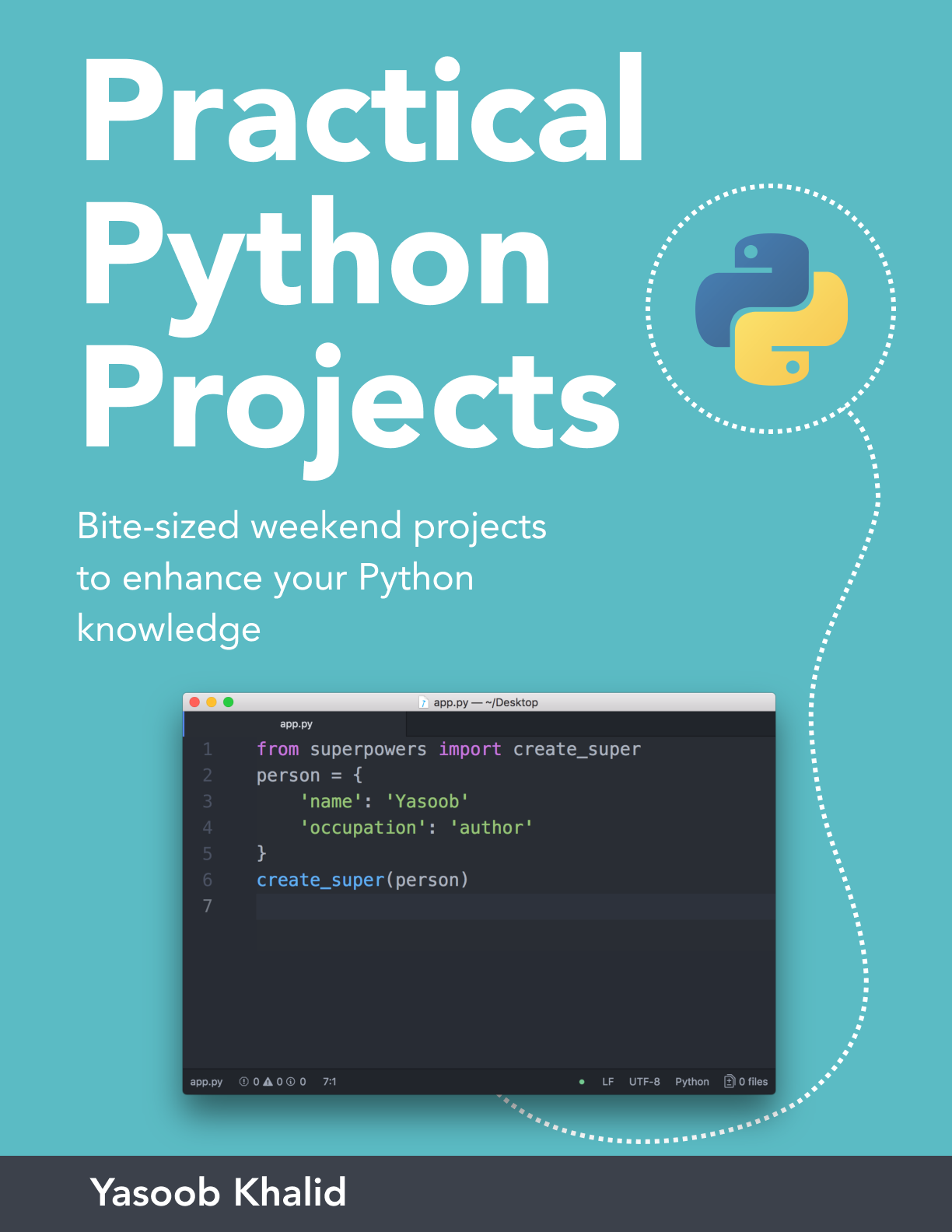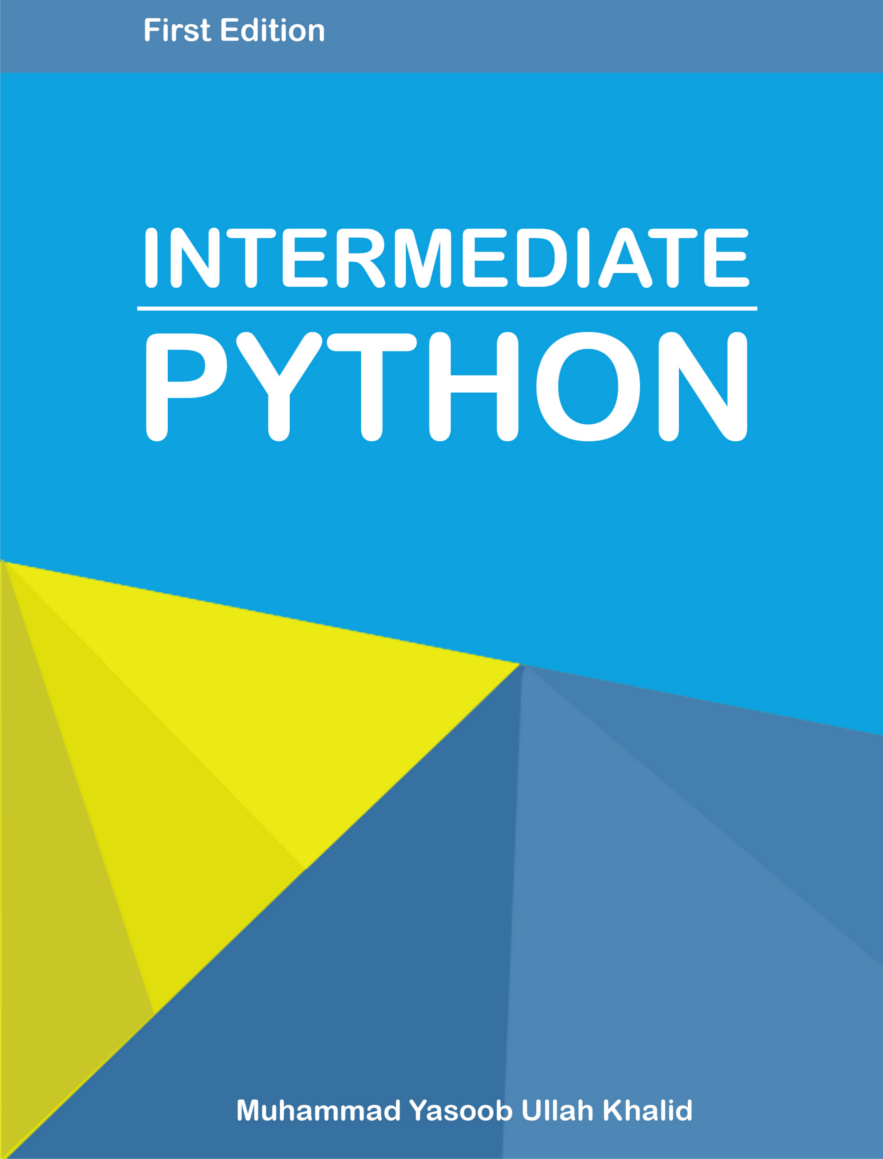Implementing Email Sending Functionality in a Django App
Hi there folks! Recently I was doing a task for fossasia which required me to make a Django web app which allowed users to submit their email addresses and receive a welcome email in return. I was able to complete the project in a couple of hours. Most of the time was spent in making the UI look good. I am going to show you how you can easily make a similar app.
For the sake of this tutorial we will be using Gmail.
1.Setup the project
First of all we need to start a django project. We can start one on our Desktop by typing the following command in the terminal:
$ django-admin startproject gci_email
Now let’s cd into the newly created project and move on:
$ cd gci_email
2.Creating a new app
Now we need to make a new app. You can do that by running the following command:
$ python manage.py startapp send_email
The above command creates a send_email directory inside our project with a couple of files in it.
3.Modify the project settings
Now let’s just quickly go ahead and modify the project settings a little bit. In this step we will add our app and all our email sending related info to the settings.py file. Open the settings.py file which is available in the gci_email folder and add the following content to it:
EMAIL_USE_TLS = True
EMAIL_HOST = 'smtp.gmail.com'
EMAIL_PORT = 587
EMAIL_HOST_USER = 'Your gmail email'
EMAIL_HOST_PASSWORD = 'Your gmail password'
DEFAULT_FROM_EMAIL = 'Your name'
DEFAULT_TO_EMAIL = 'Your email'
In the INSTALLED_APPS section of your settings.py file you need to add the following entry to the INSTALLED_APPS list:
'send_email.apps.SendEmailConfig'
Now the settings.py file should contain the following modified INSTALLED_APPS list:
INSTALLED_APPS = [
'send_email.apps.SendEmailConfig',
'django.contrib.admin',
'django.contrib.auth',
'django.contrib.contenttypes',
'django.contrib.sessions',
'django.contrib.messages',
'django.contrib.staticfiles',
]
Let’s add the static files related variables to our settings.py file as well:
BASE_DIR = os.path.dirname(os.path.abspath(__file__))
STATIC_ROOT = 'staticfiles'
STATIC_URL = '/static/'
STATICFILES_DIRS = (
os.path.join(BASE_DIR, 'static'),
)
4.Creating urls
Modify the urls.py file in gci_email folder to look something like this:
from django.conf.urls import url, include
from django.contrib import admin
urlpatterns = [
url(r'^admin/', admin.site.urls),
url(r'^', include('send_email.urls')),
]
Now create a urls.py file in send_email folder as well and add the following content to it:
from django.conf.urls import url
from . import views
urlpatterns = [
url(r'^$', views.index, name='index'),
url(r'^success', views.success, name='success'),
]
5.Adding Views
Now it’s time to edit the views. Go to the views.py file in send_email directory and modify it to look something like this:
from django.shortcuts import render
from django.http import HttpResponse
import django
from django.conf import settings
from django.core.mail import send_mail
def index(request):
return render(request, 'index.html')
def success(request):
email = request.POST.get('email', '')
data = """
Hello there!
I wanted to personally write an email in order to welcome you to our platform.\
We have worked day and night to ensure that you get the best service. I hope \
that you will continue to use our service. We send out a newsletter once a \
week. Make sure that you read it. It is usually very informative.
Cheers!
~ Yasoob
"""
send_mail('Welcome!', data, "Yasoob",
[email], fail_silently=False)
return render(request, 'success.html')
6.Adding templates
Now we need to create a templates dir in the send_email folder and create 2 files in it. Namely, index.html and success.html.
You need to create a form in the index.html file with an input fild of name email. The success.html file does not need any special content.
That’s it! Now you can first create migrations, then apply them and finally run your project. Just key in the following commands:
$ python manage.py makemigrations
$ python manage.py migrate
$ python manage.py runserver
I have deployed a sample app over here and the code for this project is available on GitHub.
Cheers!




August Garcia